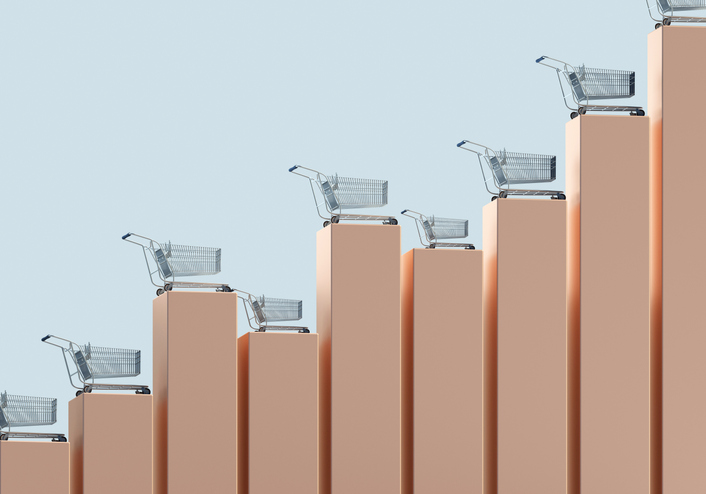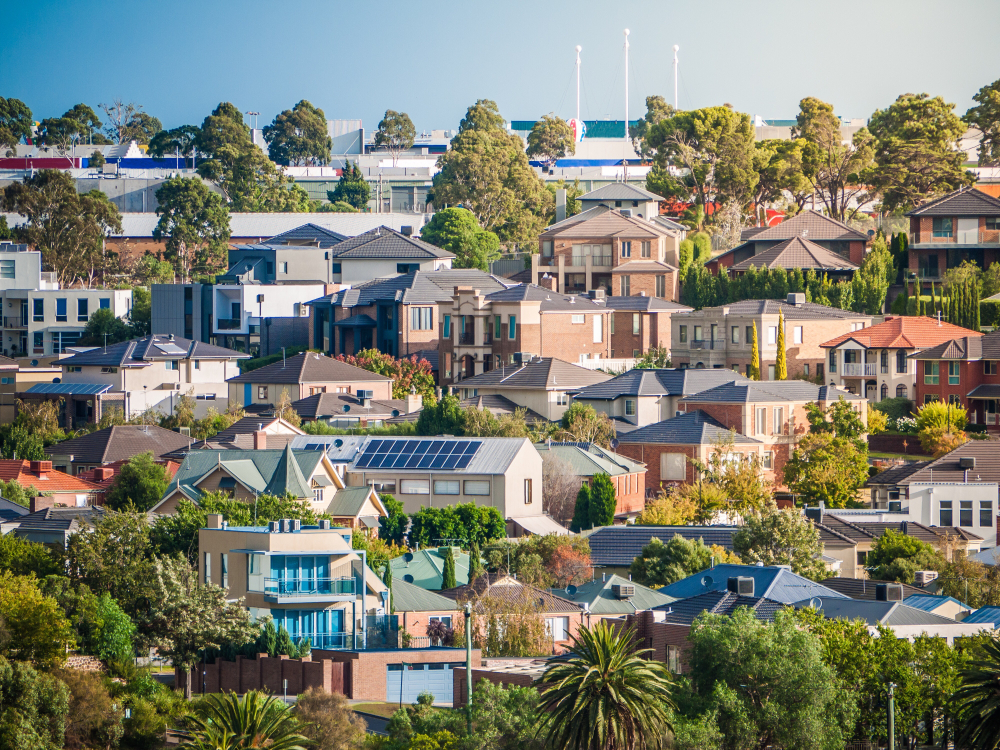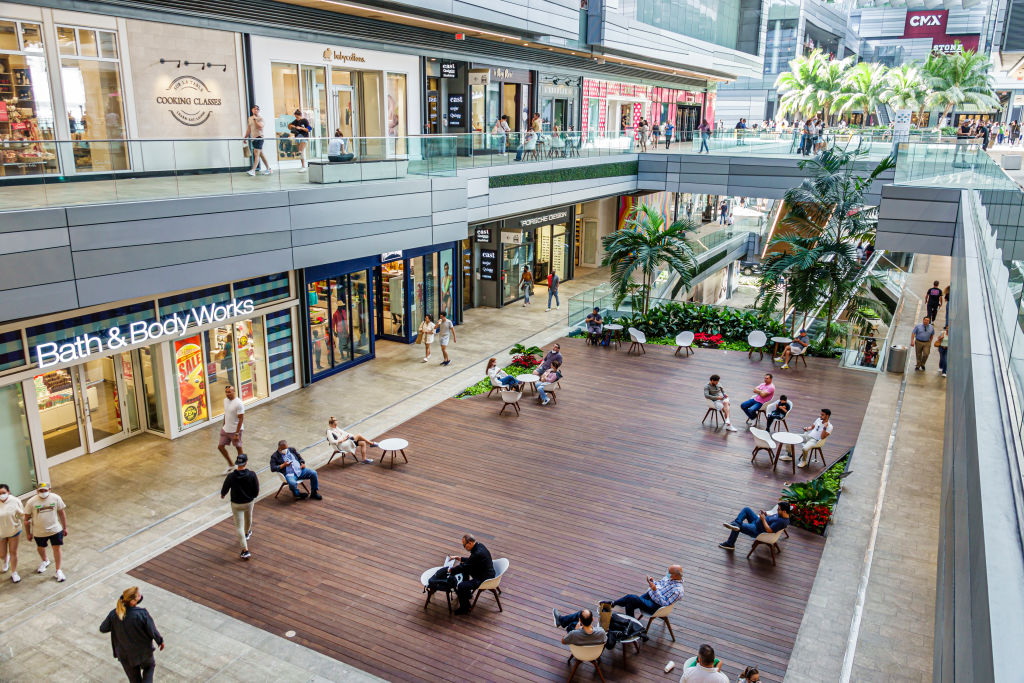Why Is Inflation So Sticky? It Could Be Corporate Profits
Some companies might have been raising prices faster than their costs have increased
Inflation has proved more stubborn than central banks bargained for when prices started surging two years ago. Now some economists think they know why: Businesses are using a rare opportunity to boost their profit margins.
Figures released Tuesday by the European Union’s statistics agency showed consumer prices in the eurozone were 7.0% higher than a year earlier in April, a pickup from March and more than three times the European Central Bank’s target. However, the core rate of inflation—which excludes food and energy prices—edged down to 5.6% in April from a record high of 5.7% in March.
Inflation rates also remain uncomfortably high in the U.S. and many other parts of the world despite interest-rate rises that have gone further and been delivered more quickly than at any time since the 1980s.
There have been good reasons for businesses to raise their prices in recent months. The supply-chain disruptions caused by the Covid-19 pandemic and the energy, food and raw-material bottlenecks that followed Russia’s invasion of Ukraine have pushed costs higher.
But there are signs that companies are doing more than covering their costs.
According to economists at the ECB, businesses have been padding their profits. That, they said, was a bigger factor in fuelling inflation during the second half of last year than rising wages were.
Jan Philipp Jenisch, chief executive of construction-materials maker Holcim, said on a recent earnings call: “We are in that inflationary environment already for almost two years now…We have done the pricing in a very proactive way, so that our results aren’t suffering. On the contrary, they are improving the margins.”
One puzzle is why consumers have played ball. Usually, economists would expect any business that raised its prices to lose customers to competitors that don’t, or not by as much.
But these aren’t normal times. In rare situations—such as an economy’s reopening after a pandemic—widespread knowledge that costs are rising allows businesses to raise their prices knowing that their competitors will act in the same way, according to a paper by Isabella Weber, assistant professor of economics at the University of Massachusetts, Amherst, and her colleague, Evan Wasner.
That is a pattern the two economists said has played out in an analysis of recent earning calls in which executives at U.S. businesses present their financial results to analysts.
“We do have to think about pricing differently,” said Ms. Weber. “A cost shock, or bottlenecks can create an implicit agreement among firms that raise their prices, so they can expect others to act likewise.”
Consumers have also been unusually willing to accept higher prices lately. Paul Donovan, chief economist at UBS Global Wealth Management, said businesses are betting that consumers will go along because they know about supply bottlenecks and higher energy prices.
“They are confident that they can convince consumers that it isn’t their fault, and it won’t damage their brand,” Mr. Donovan said.
The latest round of earning calls by large consumer-facing companies underlined that. Food and health company Nestlé last week said it had boosted sales by 5.6% in the first three months of the year despite raising its prices by 9.8%—its CEO said the company was simply matching cost increases over the previous two years.
“We’re still in the process of catching up with some of the hits we’ve taken,” said Mark Schneider in a call with analysts.
Elsewhere, the desire to boost margins, rather than just cover increased costs, appears to be one reason why food prices have continued to rise rapidly in Europe.
Much of the surge in food prices since the middle of last year stems from higher costs, particularly for energy, since most food production is quite energy-intensive. But economists at insurance company Allianz have calculated that about 10% of the rise reflects the search for higher profits. They suggest that is possible because key parts of the food-supply chain are dominated by a small number of firms.
“There is not enough competition in the food sector, especially in distribution,” said Ludovic Subran, chief economist at Allianz.
Not all businesses are opportunistically boosting their margins and Ms. Weber said that when some do, it can cause problems for others that are closer to the final consumer and are at greatest risk of facing a backlash.
Over recent months, Germany’s largest retailer, Edeka, has complained about the pricing behaviour of its suppliers of branded goods and has stopped stocking some of their products.
“We call on the branded-products industry to live up to its responsibility and stop artificially driving up inflation,” said Edeka’s CEO Markus Mosa.
There are some signs that food-price inflation is starting to slow. In France, food prices were 14.9% higher in April than a year earlier, a slowdown from 15.9% in March. In Germany, food inflation slowed to 17.2% from 22.3%. But the British Retail Consortium, a group that represents U.K. stores, said food inflation accelerated in April to hit a record high.
In recent earnings calls, some executives said consumers were becoming more resistant to price rises.
“We will probably see pricing moving down,” said Francois-Xavier Roger, Nestlé’s chief financial officer.
Last month, Procter & Gamble said it had boosted its profit margins in the first three months of the year, thanks in large part to higher prices. It warned that there were limits to how far it could push that tactic before consumers switched to cheaper alternatives.
“We’ve made several adjustments to price gaps, not just versus private label, but versus branded competition as we’ve gone through this period of pricing, and we need to continue to be sensitive to that,” said Jon Moeller, the company’s CEO.
For Mr. Donovan at UBS, the period of profit-driven inflation might be coming to an end, in part because of rising public scrutiny.
“We are probably at a point where companies may be reassessing whether to push this,” he said. “A reputation for being poor value for money stays for a long time.”
 Copyright 2020, Dow Jones & Company, Inc. All Rights Reserved Worldwide. LEARN MORE
Copyright 2020, Dow Jones & Company, Inc. All Rights Reserved Worldwide. LEARN MORE
This stylish family home combines a classic palette and finishes with a flexible floorplan
Just 55 minutes from Sydney, make this your creative getaway located in the majestic Hawkesbury region.
U.K.-listed mining giant’s chairman says the proposal undervalues the company
LONDON— Anglo American on Friday rejected a $39 billion takeover proposal from rival BHP, saying the bid “significantly undervalues” the company and setting the stage for a potential bidding war.
London-listed Anglo American said the unsolicited proposal, which was made earlier this month and which became public this week, features an unattractive structure that is too uncertain and complex .
Anglo American Chairman Stuart Chambers said the company stands to benefit from its portfolio of assets, including copper, that are likely to experience growth from trends around the energy transition. BHP’s bid, Chambers said, is opportunistic and dilutive for shareholders.
BHP’s all-share offer valued Anglo American at about $38.8 billion, and would have been contingent upon Anglo American spinning off shareholdings in two South African-listed units. The proposal represented a premium of about 31%, not including the South African-listed units, based on Tuesday’s closing prices.
Some analysts had predicted Anglo would find the bid too low and are expecting BHP to return with another. BHP has until May 22 to make a firm offer, though the deadline can be extended. Industry participants expect other large miners to also take a run at Anglo, whose share price has dropped since 2022 as lower commodity prices have ripped through the industry.
A tie-up between BHP and Anglo American, which would be the largest mining deal on record, would illustrate the growing importance of copper, a metal essential to clean-energy products , to a sector that has long relied on Chinese industrialisation to boost profits.
Copper represents some 30% of Anglo American’s output, while BHP counts a majority stake in Chile’s Escondida, the world’s biggest copper mine, among its assets. BHP bought Australian copper-and-gold miner Oz Minerals for $6.34 billion in May last year, representing its biggest acquisition since 2011.
Copper prices are up some 15% so far this year, reflecting expectations that demand for the metal will rise as the world decarbonises and supply will be constrained. Electric vehicles and wind farms use copper in much greater quantities than gasoline-powered cars and coal-fired power stations.
Anglo American has been reviewing its assets in recent months, and has held early conversations with potential buyers for its storied De Beers diamond unit, which it values at more than $7 billion, The Wall Street Journal reported Thursday.
Activist firm Elliott Investment Management holds a stake in Anglo American worth roughly $1 billion, accumulated over several months and before BHP’s move on the miner, according to a person familiar with the matter. The firm is widely known for its campaigns to push companies for change to boost their stock prices. Its view of the Anglo American holding couldn’t be learned.
That said, a jump in Anglo American’s share price following BHP’s takeover offer indicates Elliott has already profited from its holding, potentially reducing any incentive for it to take any action until the outcome of BHP’s bid becomes clearer.
Anglo’s stock on Friday traded above the implied value of BHP’s offer, indicating the market expects a higher bid to emerge.
Consumers are going to gravitate toward applications powered by the buzzy new technology, analyst Michael Wolf predicts
This stylish family home combines a classic palette and finishes with a flexible floorplan























